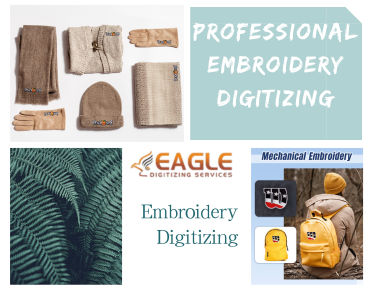The Importance of Screen Printing in Modern Industry
Screen printing, also known as silkscreen printing, is a versatile and widely used printing technique that has been a staple in the printing industry for decades. Its importance cannot be overstated, as it plays a crucial role in various sectors, from fashion to advertising. The ability to print on a wide range of materials, including textiles, ceramics, wood, paper, glass, and metal, makes screen printing an invaluable tool for businesses looking to create high-quality, durable prints.
One of the key advantages of screen printing is its ability to produce vibrant colors and intricate designs with precision. This is particularly important in the fashion industry, where vector graphics are often used to create detailed and eye-catching designs on clothing and accessories. The durability of screen-printed designs ensures that they can withstand repeated washing and wear, making them ideal for high-demand applications.
The Versatility of Screen Printing
Screen printing's versatility extends beyond textiles. It is commonly used in the production of promotional materials, such as posters, banners, and signage. The ability to print on large surfaces with consistent quality makes it a preferred choice for businesses looking to make a significant impact with their advertising efforts. Additionally, screen printing is often used in the creation of custom products, such as mugs, bags, and other merchandise, allowing companies to offer personalized items to their customers.
Environmental Considerations
In recent years, there has been a growing emphasis on sustainability within the printing industry. Screen printing has adapted to these changes by incorporating eco-friendly practices and materials. Water-based inks, for example, are now widely used as an alternative to traditional solvent-based inks, reducing the environmental impact of the printing process. This shift towards sustainability not only benefits the environment but also appeals to consumers who are increasingly conscious of the ecological footprint of the products they purchase.
Technological Advancements in Screen Printing
The screen printing industry has also seen significant technological advancements, which have enhanced its efficiency and capabilities. Automated screen printing machines have increased production speeds and reduced labor costs, making it more accessible to businesses of all sizes. Furthermore, the integration of digital technologies, such as vector conversion services, has streamlined the design process, allowing for greater creativity and precision in the final product.
Challenges and Opportunities
Despite its many advantages, screen printing faces challenges, particularly in the face of digital printing technologies. Digital printing offers faster turnaround times and the ability to print small quantities economically, which can be appealing to businesses with limited budgets or those requiring quick production. However, screen printing remains a competitive option due to its superior color vibrancy and durability, especially for large-scale production runs.
The Future of Screen Printing
Looking ahead, the future of screen printing appears promising, with continued innovation and adaptation to market demands. The integration of digital technologies and sustainable practices will likely play a significant role in shaping the industry's trajectory. As businesses continue to seek high-quality, durable printing solutions, screen printing will remain a vital component of the printing landscape.
In conclusion, screen printing is an essential technique in the modern printing industry, offering unparalleled versatility, durability, and quality. Its ability to adapt to changing market trends and environmental considerations ensures its continued relevance. For those seeking professional vector art services, Eagle Digitizing excels in delivering professional vector art services, transforming creative visions into scalable designs.



